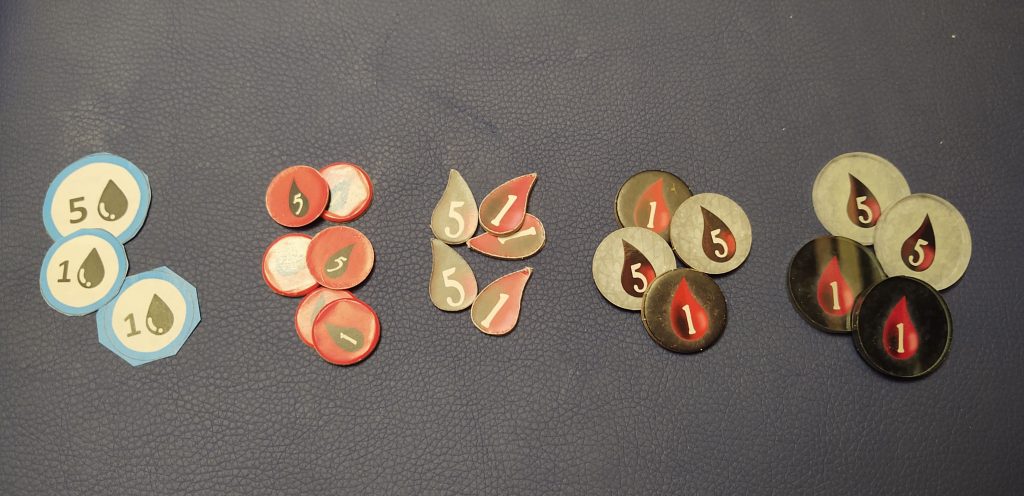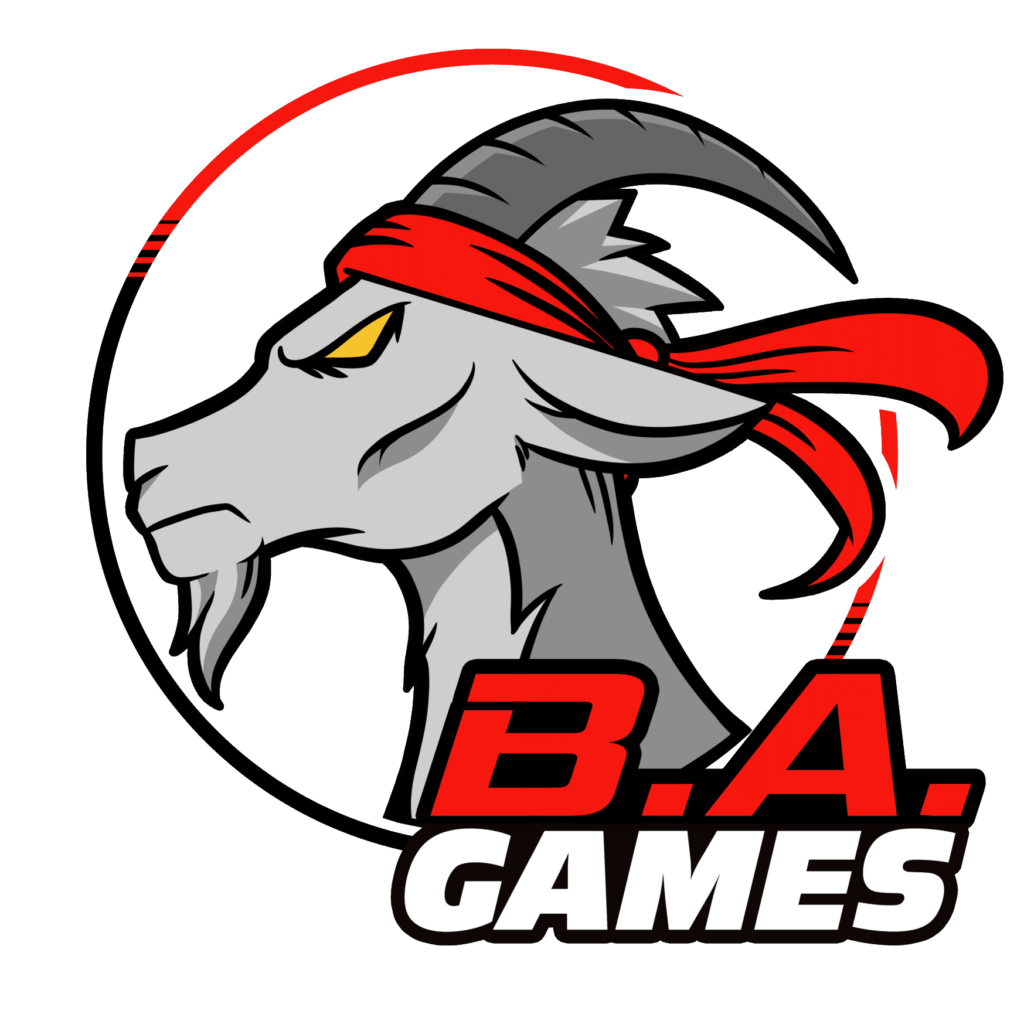It’s inevitable. No matter how much of a prodigy or how hard you work at avoiding it, you will approach a threshold in board game design called Burn-out, where you just don’t want to design or care about design anymore. It’s going to happen. The question becomes, what are you going to do about it?
I have been designing board games now for decades but only seriously the last 4 years. However, even in that short 4-year window, I have come close to the brink of Burn-out a number of times. So, I am going to share with you some of the things I have learned along the way that I know have helped other people.
#1 Design Bad Games – I give you permission to tell yourself, it’s okay to make terrible and crappy games. It is part of the process. When you create your first game, don’t expect it to be a masterpiece that will sell 300,000 copies…or even 20. I have struggled with this on multiple occasions, but I can now say I have created and finished 9 games and only 2 were any good. However, I learned a ton from each game. I keep getting better and faster at creating them.
One of my favorite authors, Brandon Sanderson, has a saying, “You’ll never learn how to do your endings until you FINISH your endings.” He is referring to writing a book here, but I wholeheartedly believe it applies to board game design as well. You won’t know how to better your game design skills, until you finish creating games. Now, they don’t need to be perfect or even beautiful looking. They just need to be finished, meaning you can teach a game to a player and have them play a full game from start to finish without having to change any rules in the process. All components must be available and make logical sense. I consider this a finished game.
I encourage you to go out there and finish a game. You care if it sucks or is terrible, I get that. However, it’s okay. Making bad games is how a designer tries new things and explores the design process. It’s all part of the learning process.
Give yourself permission to design bad games.
#2 Find A Design Group – You need to find a group whether online or in person that you can consistently go to for encouragement and feedback. Now, don’t just join any group. You need to find a group you are comfortable in that you are okay with opening up your games to feedback and criticism. If you can find this group for yourself, you will find that you are not alone in this process. Helping others with their designs, as well as getting help in return, can really benefit your progress towards finishing your game designs and keeping you motivated to design more.
Whether it is the Board Game Design Lab Community or a local design group, find that place where you feel comfortable to share ideas AND feel comfortable getting feedback and criticism.
#3 Document Progress – Take time to capture your progress as you make games. Take pictures, keep samples, save files. Whichever way you choose to do it, make sure you do it. There have been times where I am frustrated with a particular design or feel like I haven’t accomplished anything but then I take a step back and look at the game from a wider perspective and I can see all the progress I have made. The work you have put into a game is very visible. However, we are not always the best at seeing that progress when we are in the middle of a design.
Take time to document your progress and look at it on occasion, especially when you are feeling frustrated.

#4 Take A Day Off – Sometimes, you just need to take a day off. I find this concept difficult and find that I need people to help remind me. You need to take time off from work, whether it’s game design or your day job. Time off is important to make sure your brain and design mojo is working at peak capacity. There are times when deadlines need to be met and we must be stretched in order to complete the game for a test, game day, or a convention but remember to still take time after that deadline to take a break. Play something else or go for a bike ride. Whatever it is you need to do in order to not think about your game so intensively and under duress.
There is no set rule to how often or when you should do this, but I recommend if a design is starting to frustrate you and it’s starting to take a toll on your emotional well-being, take a break. Step back, take 24-48 hours and then come back to that same design. You might be surprised how easy the answer was all along or how uptight you were.
Conclusion
The board game design process can be demanding as it stretches our skills and creativity. With the right tools though, we can make sure we stay excited about the games we design and continue designing well into the future.
Until next time…
Sam Stockton
